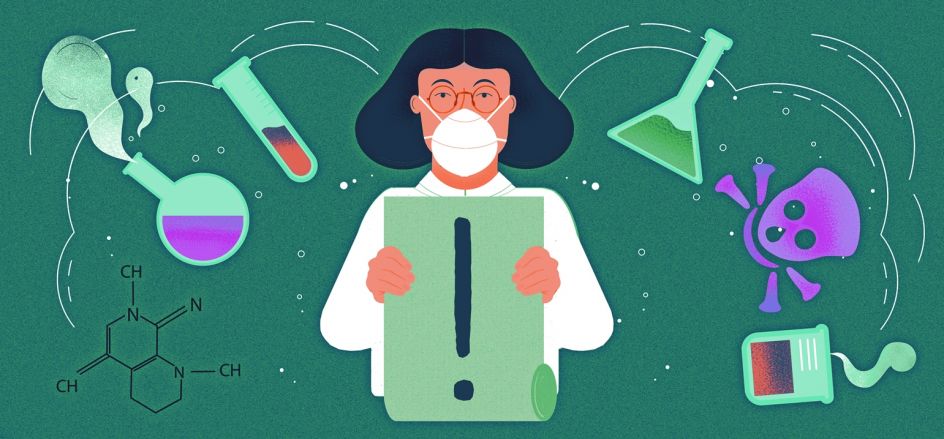Design and pattern wallpapers lend a special aura, unique character and the right atmosphere to private, business and public premises. But the visual impact isn't everything - health and environment are hugely important aspects and both can benefit from high-quality wallpapers.
We spend many hours in rooms treated with wallpaper and absorb various substances from the air via our respiratory system and skin. If the substances present are noxious or damaging, it can have a number of negative effects on the human body, including allergies, skin irritations, nausea, headaches, respiratory problems, asthma attacks or numbness. Immune and hormonal systems can also be affected by toxins and environmental pollutants, and plasticisers and formaldehyde in particular can cause cancer in extreme cases.

Consequently, wallpapers should be pollutant-free, environmentally sound and recyclable. Various types of certificates help consumers make the right choices, but completely pollutant-free wallpapers are still the exception on the market. For one, industrial-scale production would become too expensive if the necessary treatments and methods were applied; on the other hand the production of truly non-toxic wallpaper starts with the raw materials used. As these are often imported from abroad, monitoring the entire production chain is almost impossible.
When it comes to selecting your favourite wall décor, we want you to literally feel good in your own skin. This blog is designed to help you understand what is important to consider when it comes to choosing wallpaper, particularly with regard to allergies, intolerances and sensitivities. It will list possible pollutants in wallpapers and explain how to limit or avoid them through informed choice. Wallpaper paste and adhesives play an important role, too.
Environmental protection begins with the use of sustainable and pollutant-free raw materials and continues across all production phases and onto recyclability.

Which pollutants could potentially lurk in wallpaper?
Wallpapers consist of a carrier layer and a variety of different surface materials which determine the finish and visual appearance. All of these components can potentially carry harmful substances, depending on the raw materials and processing materials used.
In order to combine various layers of material of the same or different type(s), laminating processes are necessary, which use glue, wax or lacquer. These materials can also contain harmful substances. The decorative layer/the visible surface of wallpapers can also be printed on, dyed, refined, or coated with foil or plastic. To create specific effects, glazes or oxidative processes can be applied. In addition, substances that give wallpapers special characteristics like "flame resistant" or "good light resistance" should also be mentioned as potential toxin carriers.
For low-pollutant or pollutant-free wallpapers, the main factor is whether the components used in production are natural or synthetic. Synthetic raw and production materials tend to increase the risk of contaminant loads in wallpapers, e.g. through:
- low-volatile plasticisers (Phthalates) in plastic coatings and structural foam (constantly "leak" out from the wallpaper and are thought to have an impact on the human hormonal balance)
- binders which can trigger allergies, for instance acrylates
- Formaldehyde - present in many paints and dyes, glues, adhesives, and as part of the substances used to increase the stability of wet paper; can cause headaches, tiredness and irritations of the skin, mucous membrane, conjunctiva and respiratory system
- volatile organic compounds (VOC); emit a strong odour immediately after wallpapering
- Organotin compounds, e.g. tributyltin (TBT) or dibutyltin (DBT), which improve resistance to light and heat; harmful to the immune and hormonal systems
- Organohalogen compounds present in bleaching agents and paints; can lead to allergies
- Heavy metals in dyes; potentially accumulate in the body
- Biocides in paints and dyes to increase durability or used during the cultivation of raw materials like cotton, natural fibres; can emit and lead to dizziness, headaches, liver and kidney problems
It is quite obvious that the more elaborate the production process of a wallpaper, the more difficult it will be to monitor all pollutant and environmental components. Legal restrictions, required standards, seals of approval and certificates help avoid or at least limit the use of harmful substances in wallpaper production. As a result, wallpapers have to meet specific minimum requirements before they reach the market. The scale of standards met depends on the certificate a product carries.

Basic rules for pollutant-free and environmentally sound wallpapers
Natural materials are the best way to foster health and well-being. But making sure that a wallpaper is made from low-pollutant carrier and surface materials is not enough. Even during the cultivation of raw materials like cotton, wood, bamboo, cork or grasses, no fungicides, pesticides or herbicides must be used. Plant dyes, solvent-free printing inks, natural binding agents, e.g. natural rubber, methyl cellulose used as an adhesive and for the production of paints, glue print and hot embossing processes, are just a few examples that use clean raw materials to produce healthy wallpapers. Every part of the production process must be part of this environmentally sound chain, and ensuring this requires strict supervision and entails increased costs.
A 100% clean process is almost impossible to achieve, as the market won't allow for it. The less synthetic materials used, the better. Recycled waste-paper, cellulose, natural textile and plant fibres are top of the list for environmentally sound wallpaper materials. Transparent information regarding materials used in the production process, seals of approval or certificates are an added bonus.
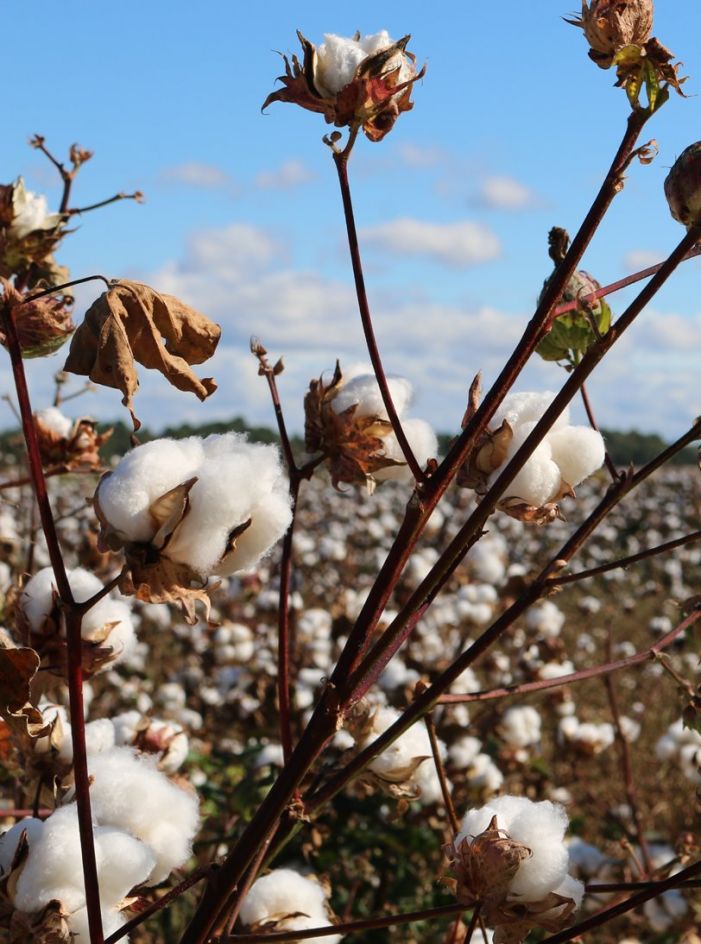

"But what about wallpapers made of synthetic materials?", I hear you ask. Not all materials made from or containing synthetic materials are damaging or harmful to our health, so don't be put off funky vinyl, foil or synthetic textile wallpapers. However, special consideration should be given to climate characteristics and compliance with legal requirements as well as possible certificates, seals and testing standards. In terms of environmental protection and recyclability, synthetic substances have also made huge leaps forward. Increasingly, biomaterials are used in the production process, amongst them tall oil, a pulp production by-product, or other plant oils. Plastic materials are also highly recyclable.
Healthy indoor air and a healthy room climate are created by the exchange of stale and fresh air, the ideal room temperature and air humidity and the cleanliness of the surroundings. Depending on the wallpaper, there are also some specifications that will be discussed below.
Popular wallpaper types and their pollutant risks
In order to get a proper idea of wallpaper choices in terms of pollutants and environmental safety, it makes sense to analyse the most common types with regards to these issues.
Paper-based wallpapers
Paper-based wallpapers consist of one or more paper layers, or a paper carrier layer with a different surface material, e.g. plant fibres, structured foam, or vinyl. Paper-based wallpapers can be printed on, embossed or otherwise refined.
For wallpapers that consist entirely of paper, its quality is a decisive factor. Paper made of wood fibres and cellulose, natural paper or recycled paper are the least polluted and most environmentally friendly basis for paper wallpapers. Wallpapers with a paper-carrier and a surface layer made from natural materials also provide a very good environmental and health balance.
In order to increase their tear resistance in a wet state, some substances containing formaldehyde might be added. Wallpapers made exclusively from paper without any coating or sealing are breathable and moisture-regulating and have a positive impact on the room climate.
Non-woven wallpapers
Non-woven wallpapers are made of cellulose and textile fibres. They are also vapour-permeable and regulate moisture. With natural, mostly chemically untreated textile fibres mixed with cellulose, the pollution risk is very low. Some manufacturers use synthetic plasticisers and polyester fibres. Surface treatments (e.g. embossing, structure foam or paint/finishes) can contain pollutants.
Non-woven carrier layers are suited for the application of a large variety of surface materials which determine the character and quality of the end product. Amongst them are metal and effect foils, textile fibres and fabrics, glass beads and vinyl. To assess the risk of pollutants in these wallpaper models, there is a number of categories that need to be checked, e.g. purity of raw materials, substances used, and treatment methods in processing and refining. Potential pollution sources could be hidden in plasticisers, heavy metals and formaldehyde. Only the manufacturer can really give accurate and complete information, for instance in the shape of declarations, seals of quality and certificates.

Vinyl wallpapers
Vinyl wallpapers with a paper or non-woven carrier layer are treated with a polyvinyl-chloride (PVC) or polyurethane (PU) coating which makes the wallpaper washable. The pollutant risks of plastic are well-documented; these types of wallpaper can also contain plasticisers which can stream out and be harmful for the room climate and the human body. Most manufacturers use the phthalates DINP and DIDP - both substances that have been categorised as non-hazardous by the EU. Having said that, their ecological assessment is considered less than favourable. The phthalates contained must always meet legal requirements and cannot exceed any maximum limits. Another potential risk factor are traces of organostannic and other volatile compounds. Again, it's down to manufacturers, their obligation to inform, and potential quality seals and certificates to enable the consumer to evaluate the possible pollutant load.
These types of wallpaper do not absorb moisture, which means that insufficient airing and drying can lead to mould. Dust and other particles from the environment are more likely to stick to the surface, so that they need to be cleaned more frequently. Furthermore, the special dispersion glues required for vinyl wallpapers can contain fungicides.
Natural Wallpapers
Natural materials like grasses, bamboo, cork or wood are a great choice for environmentally sound and health-conscious wallpapers. They are applied to a paper carrier (which keeps the pollutant risk fairly low). Generally speaking, untreated plant-based nature wallpapers boast excellent room climate characteristics and can easily be recycled. The one potential issue is the use of cohesion adhesive. And those suffering from hay-fever might react to untreated grass wallpapers.
Textile Wallpapers
The carrier layer of these exclusive wallpapers can be paper- or non-woven-based. In terms of surface materials, synthetic or natural textile fibres or fabrics are both options. Flock and crush wallpapers also belong to the category of textile wallpapers. Natural fibres like wool, cotton, linen, jute, and sisal from organic and chemical-free crops are the best choice in terms of health, as they are completely untreated and dyed with natural and non-hazardous substances. Some pollutant risk may occur when textile and synthetic wallpapers are treated with specific substances like urethane resins to increase their tear resistance, or with fibre-protecting agents containing formaldehyde and fungicides. Wallpapers with textile surfaces are more likely to collect dust, which makes them less suitable for those suffering from dust allergies.
Metal wallpapers/foil wallpapers
Non-woven or paper carrier layers are the basis of these extravagant wallpapers. Metal or effect foil coatings are added and sometimes further treated (depending on individual designs). Metal wallpapers in particular may have glazes or varnishes as well as oxidative methods applied to them to create special effects. Metal foils are made from gossamer-thin rolled aluminium, whilst effect foils are made from special plastic materials.
Paper-laminated aluminium wallpapers have long been used as a protective shield against dangerous gases in sensitive areas. Dyes and adhesive substances may contain pollutants, too. Wallpapers with synthetic foils generally bear the same pollutant risks as vinyl wallpapers or those with high proportions of plastic.
Certificates, seals, testing standards
Globally, there is a number of quality seals, certificates and testing standards focussing on pollutants and environmental soundness in products and materials, many of which are valid for wallpapers, too. Please consult our list of some of the relevant certificates etc. you should pay attention to when purchasing wallpapers. More often than not, more than one quality seal is required to achieve the highest standards in terms of the absence of pollutants and the protection of the environment.
Germany
- Der Blaue Engel ("The blue Angel" - German Federal Ministry for the Environment, Nature Conservation and Nuclear Safety): Eco-label for particularly environmentally friendly products and services - wallpapers are required to be made predominantly from recycled paper, and production needs to be demonstrably low-pollutant.

- Eco-Institut Gütesiegel für Textilien (eco-INSTITUT Germany GmbH): Product and health safety, strict emission and pollutant tests of end products
- RAL-GZ-479 (RAL Deutsches Institut für Gütesicherung und Kennzeichnung e.V. - German Institute for Quality Assurance and Certification): Quality mark for ecological and health safety
- Phthalate-Free quality seal: Guarantees that tested products do not contain toxic substances reaching or exceeding the maximum limit of 0.01 percent


Europe
- Natureplus (natureplus e.V.): Eco label for sustainability and environmental/health safety in construction

- REACH: European Regulation on Registration, Evaluation, Authorisation and Restriction of Chemicals for manufacturers, importers and downstream users with the aim to protect human health as well as the environment
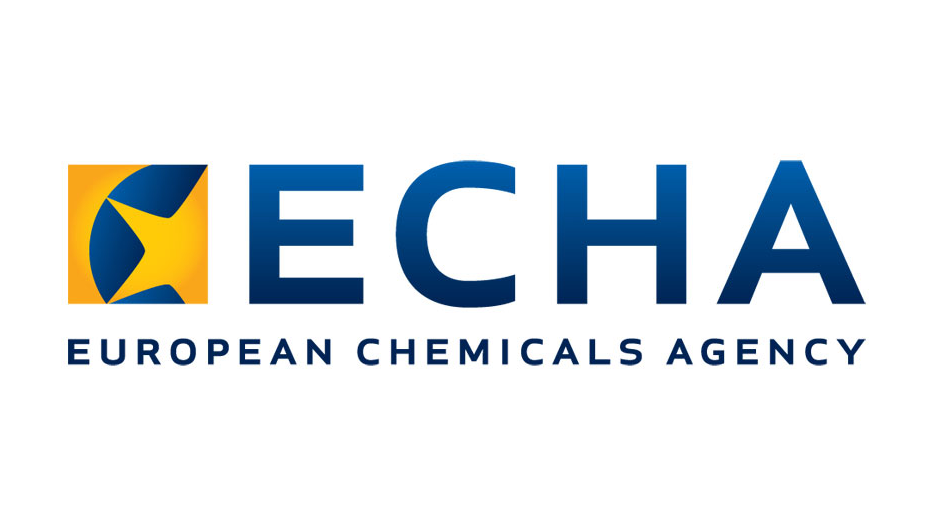

- VOC-Label Émissions dans l'air intérieur, France: Obligatory label for the classification and labelling of materials used in construction, furnishings and equipment that newly enter the market

Globally
- GREENGUARD certification (UL-Environment): Guarantees that a product meets the most stringent and comprehensive requirements regarding the emission of volatile organic compounds (VOCs) into the air

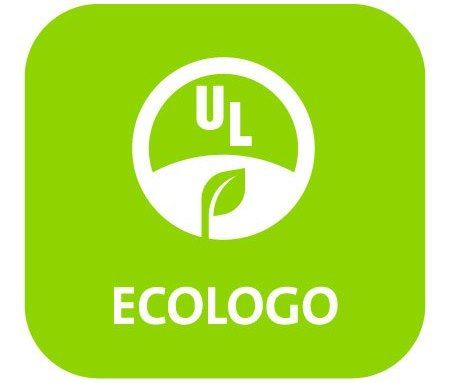
- STANDARD 100 by Oeko-Tex: Independent product standard for (textile) raw -, intermediate and end products that have been tested for pollutants; it covers all processing steps and the materials used

If you have questions regarding quality seals, certificates, designators, etc. of the wallpapers available in our Shop, please do not hesitate to contact us. We will do our best to help you and will contact manufacturers for you if necessary. Please note that many of the awards and quality seals are only given if applied for by manufacturers, which means that - whilst statutory requirements must be strictly complied with - the responsibility for product safety and environmental protection ultimately lies with them.
Highest wallpaper quality & handmade products in our Shop
The product selection process at Wallpapers from the 70s is based on extremely high quality standards. Our purchasing department chooses well-known manufactures who pay close attention to health and environment safety. In addition, we only work with wallpaper manufacturers with transparent production methods, where the entire process (from conceptualisation to end product) is easy to understand, and where environmentally sound materials and processes are used. Amongst them is trendy label Dupenny, creating funky wallpapers made of 100% natural materials, with water-based dyes and a traditional manual screen-printing method. Soft, light transparent natural paper in premium quality with exceptional patterns printed by hand with a batik technique are the trademarks of French label Le Monde Sauvage.
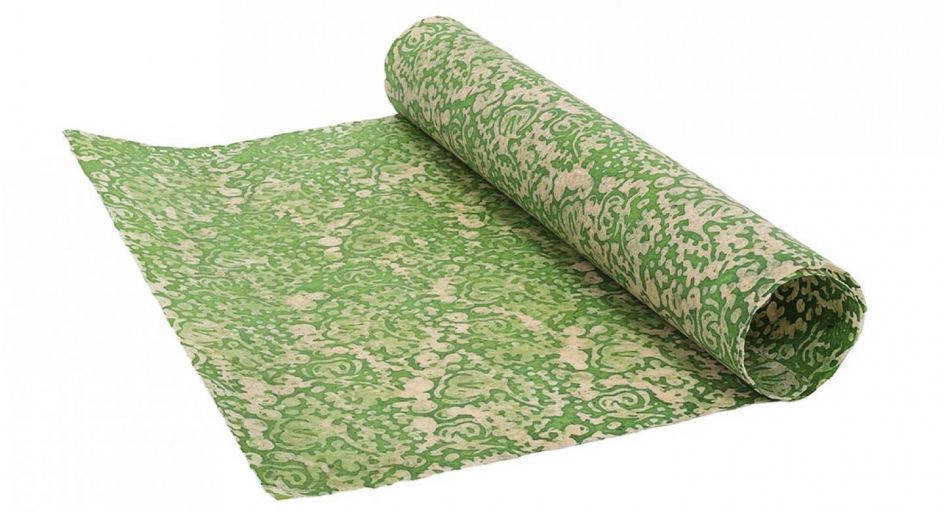
Let's not forget wallpapering paste and adhesives!
Glues and adhesives provide the connection between wall and wallpaper. This means that these components also need to be free of any hazards to human health. Regular wallpapering paste in powdered form, which is mostly used for paper-based models, consists of starch or cellulose. Some products contain preservatives - these should be avoided by health-conscious consumers as they simply are surplus to requirements.
To increase adhesive strength, synthetic resins are often added to special adhesives for heavy wallpapers (e.g. metal, effect foil, vinyl or textile wallpapers). A good alternative is regular wallpaper paste with added dispersion glue. Both options carry a certain pollutant risk, so consumers should consult experienced advisers and ask about the possible health impact of individual components when purchasing adhesives.
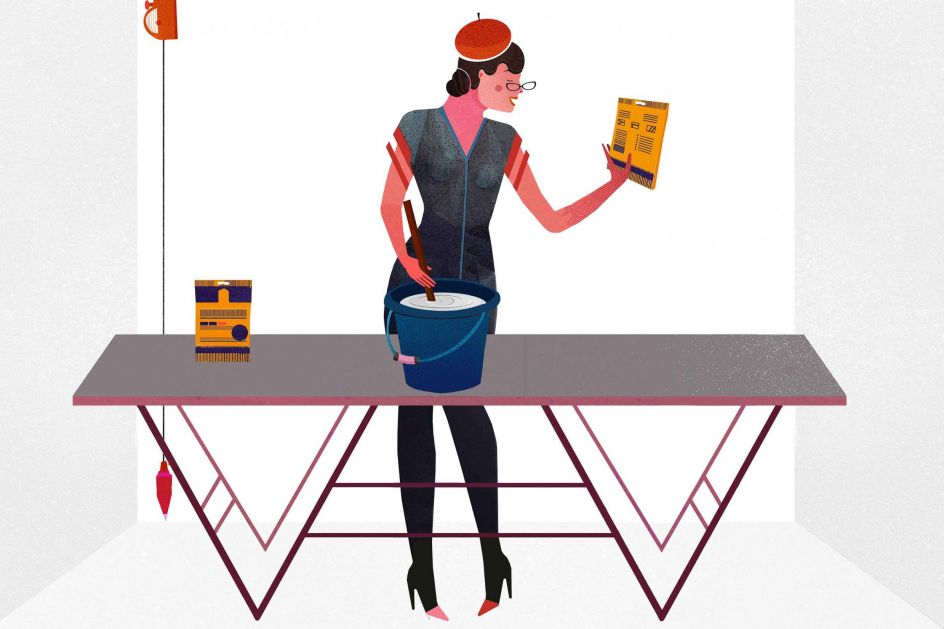
Tips for creating a healthy room climate with wallpapers
- The smoother the wallpaper surface, the less significant the risk of dust and environmental pollutants sticking to it. Smooth-surfaced wallpaper models are also much easier to keep clean.
- Your wallpaper comes with information regarding its cleanability characteristics. Non-washable wallpapers should be carefully wiped with a dry cloth, a (feather) duster or the brush accessory of your vacuum cleaner. Washable and scrub-resistant wallpapers can be wiped with a damp cloth, but be careful with cleaning agents.
- Smoking should be avoided indoors. Nicotine will settle on your beautiful wallpaper and is very difficult to remove. In addition, tobacco smoke contains formaldehyde. According to the German Federal Health Office, the recommended limit in a 30 square-meter room is reached after all of 6 cigarettes.
- Formaldehyde is also created by natural processes. Green foliage in house plants like aloe vera, gerbera, ivy or spider plants can help break down formaldehyde in the air.
- The room temperature should be constant and adapted to the seasons. Rooms should never get too cool or completely cold.
- A balanced level of air humidity (between 40 and 60%) is also important. Avoid levels above or beyond these values. If the air humidity is too high, make sure the room gets a good airing or use a dehumidifier. Is it too low, add humidity by putting a bowl of water on the radiator or elsewhere in the room.
- If your dream wallpaper comes with a coating, i.e. a sealed surface which prevents humidity from being absorbed, regular and thorough airing is of the utmost importance, so that the humidity can escape to the outside. This will prevent mould. Remember that germs thrive in damp air (and on damp wallpaper) and will spread like wildfire.
- Don't move furniture too closely to the walls - leave sufficient room so the air can circulate between wallpaper and furniture.
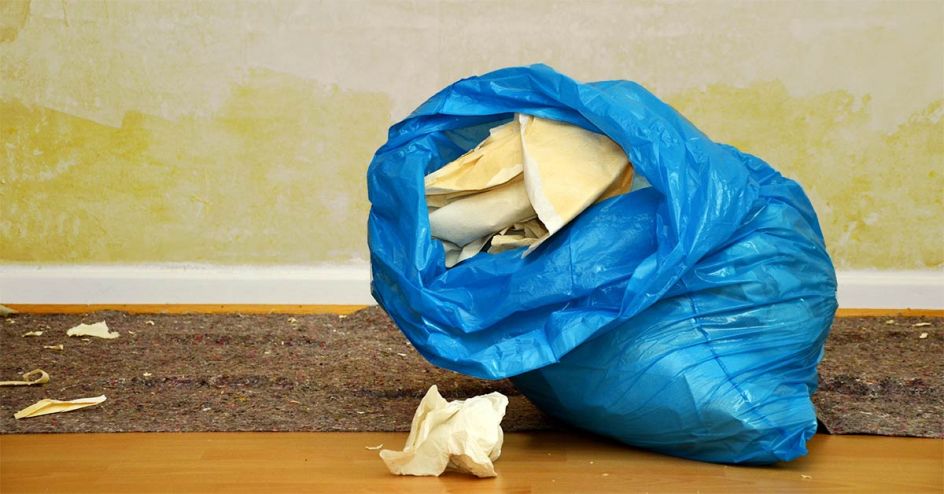
Your contribution to the protection of the environment
When old wallpaper is removed to make room for a new one, consumers can contribute significantly to protecting the environment. Independently of which materials they consist of, whether they have been on a wall or are unused remnants of a new roll, wallpapers are always considered residual waste. Smaller amounts can be put in the usual household waste, whilst larger amounts can be taken to the local recycling centre (sometimes for a small fee). The same is true for left-over wallpaper paste or dispersion adhesive which have become unusable.

